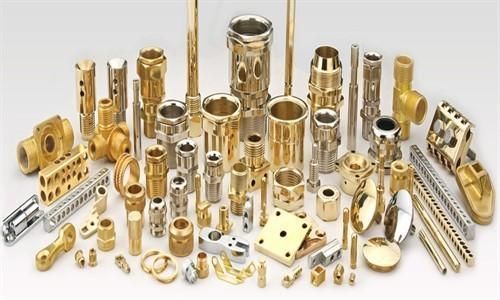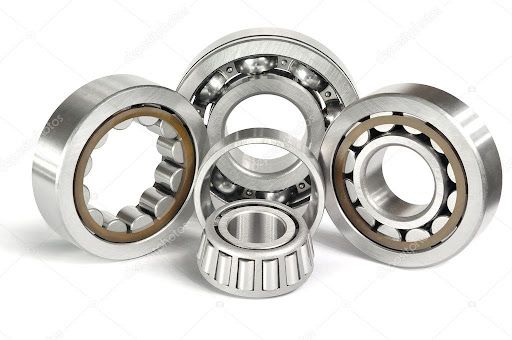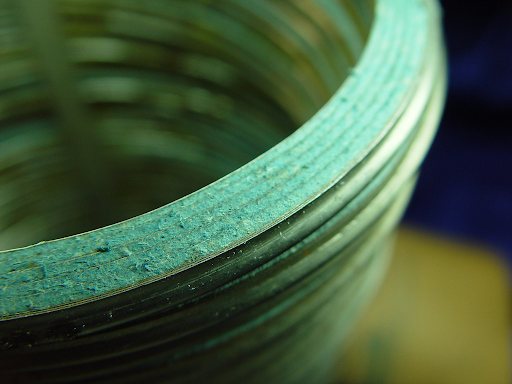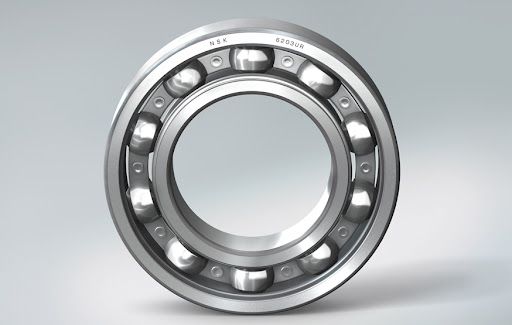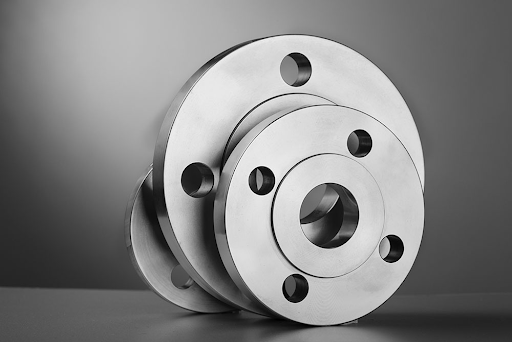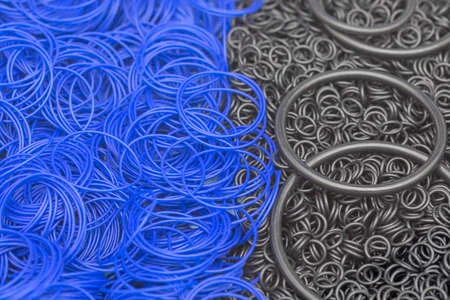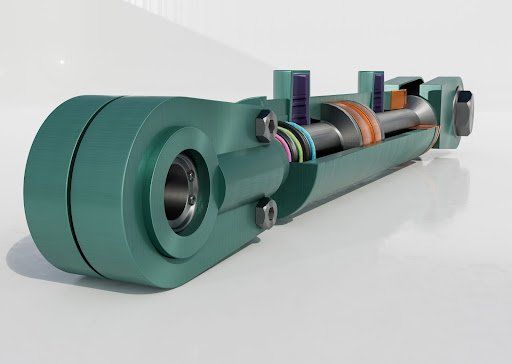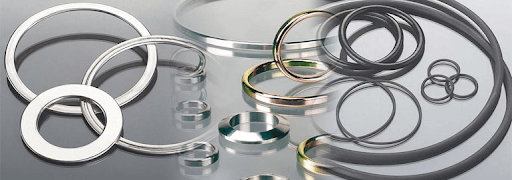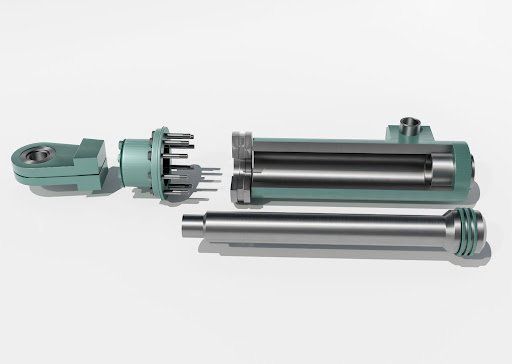An Introduction To Rod End Bearings
An Introduction To Rod End Bearings
Rod end bearings are mechanical joints that, while common and widely used, are essential in nearly all mechanical devices that require mechanical controls. Also known as heim joints (after their North American patent) or rose joints (after their British patent), rod end bearings are typically found in steering links, control rods, and tie rods – basically where any precision articulating joint is required or where a clevis end cannot be used.
How Are They Made And Used?
Using materials such as steel, stainless steel, high-carbon steel and aluminium, a rod end bearing is essentially a ball swivel with an opening through which a bolt (or other attachment) may be passed, pressed into a circular casing to which a threaded shaft (either male or female) is attached. Male rod end bearings feature external threading while female rod end bearings are designed with internal threading.
Similar to a human bone joint, rod end bearings are used on the ends of control rods, allowing them to rotate in a precise and controlled manner. The advantage of this is that the bolt or rod passing through the ball can be misaligned at any angle other than ninety degrees. Steering columns in most vehicles require rod end bearings, enabling the tie rods to rotate in accordance with the direction of the wheel. Female rod end bearings are used in helicopters, allowing technicians to fine-tune the direction of the blades.
A Short History
Credit for the invention of this useful component is attributed to German engineers (the exact dates and names are unfortunately unknown). During World War II, the spherical rod end bearing was developed for Nazi aircraft control systems. It was discovered by Allied engineers when a German plane was brought down and disassembled. Realising the importance of the unique joint, British and North American companies were awarded the patent to reverse engineer and produce these parts, which quickly became used in many different applications during, and especially after, the war.
Today, rod end bearings can be found in nearly every type of mechanically controlled application, from cars, trucks and motorbikes, to tractors (lawn), race cars and boats. So, if you’re in the market for this unique join or just want to know more about how it can be used in your particular application, don’t hesitate to get in touch with us!

